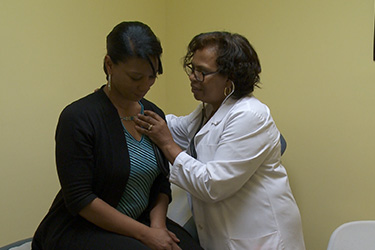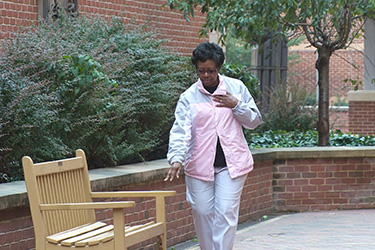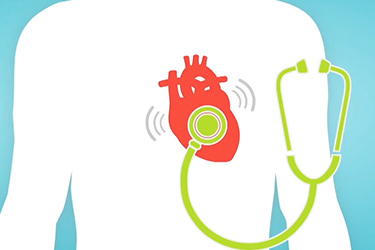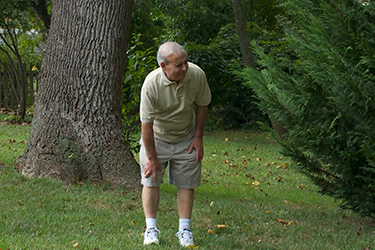Advertisement
Advertisement
Other Cardiovascular Conditions
Angina
Coronary Artery Disease (CAD)
Peripheral Artery Disease (PAD)
Show more
What Is Peripheral Artery Disease?
Heart Valve Disease
Show more
Mark Ridder Aortic Stenosis Treatment
Mark Ridder Aortic Stenosis Surgery Recovery
Heart Valve Ambassador: Thelma Hill - Mitral Valve Replacement
Heart Valve Ambassador: Thelma Hill - Be Your Own Advocate
What is Aortic Valve Stenosis?
Recovery Milestones Checklist
What Is Infective Endocarditis?
What is a Heart Murmur and How Does It Relate to Valve Problems
Video in
English





